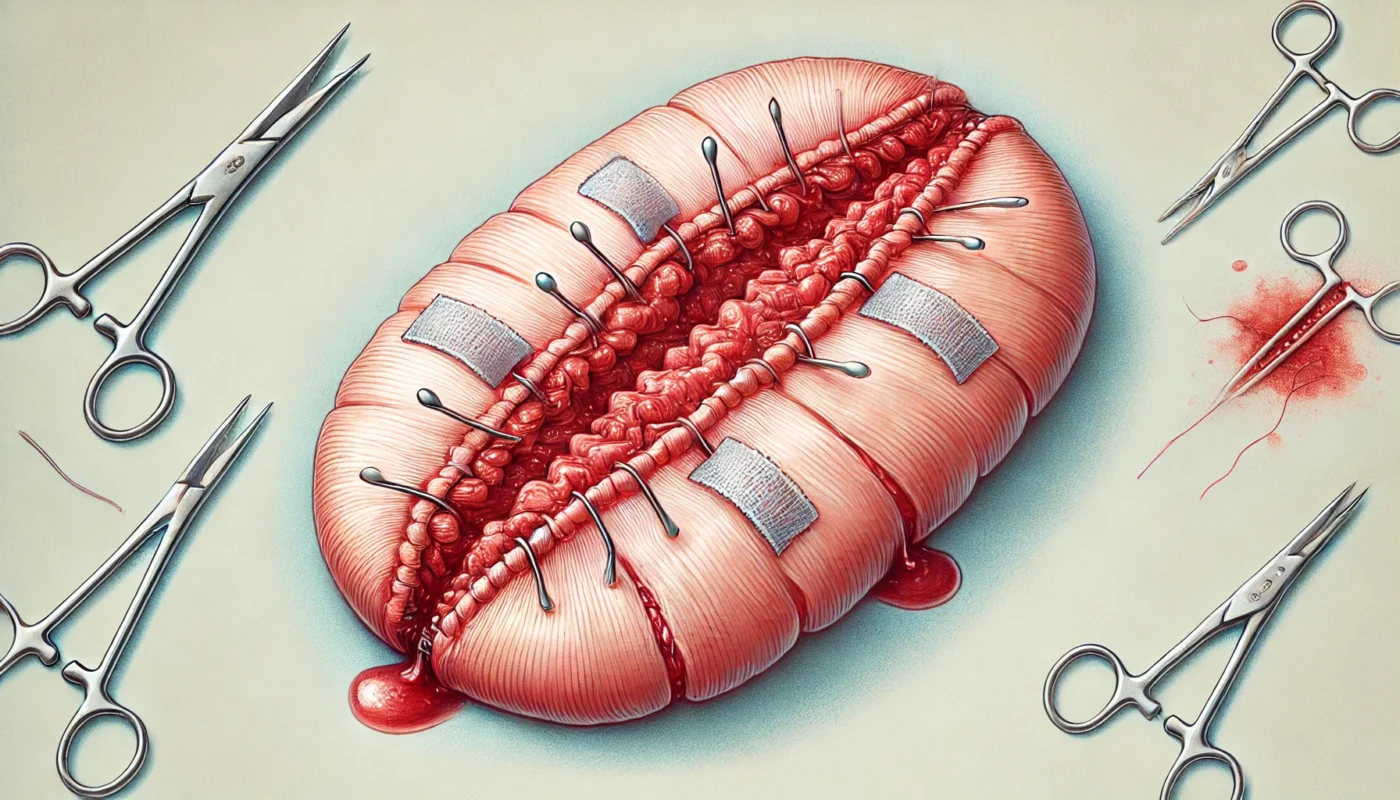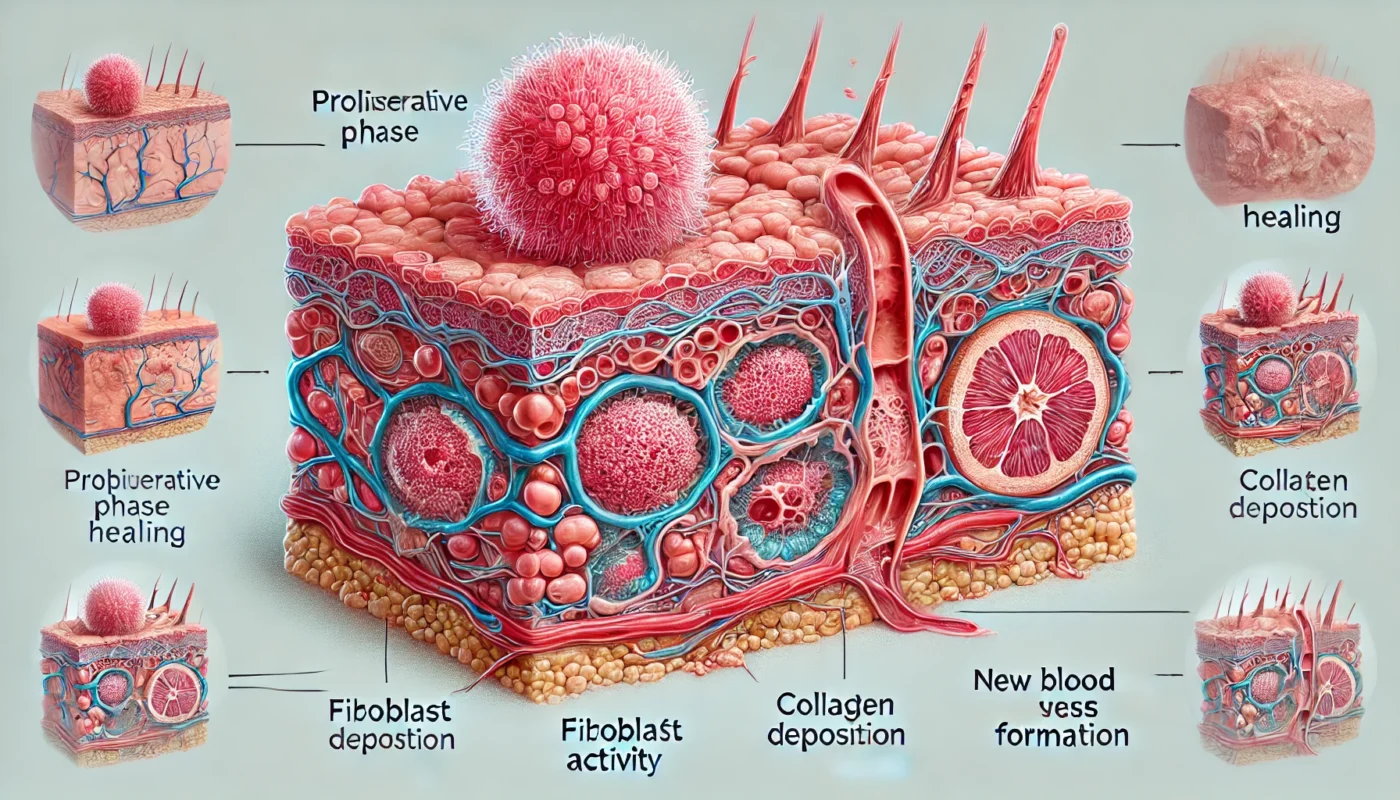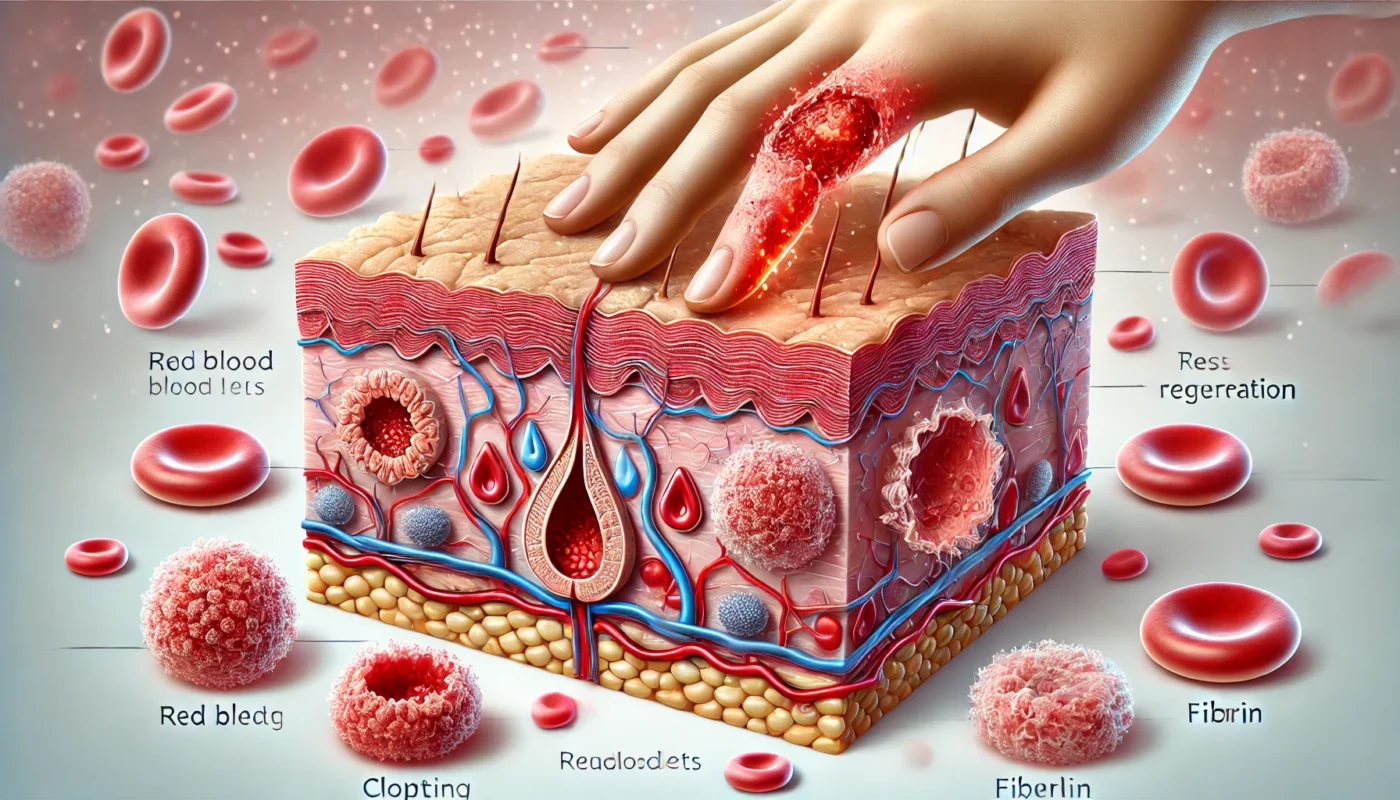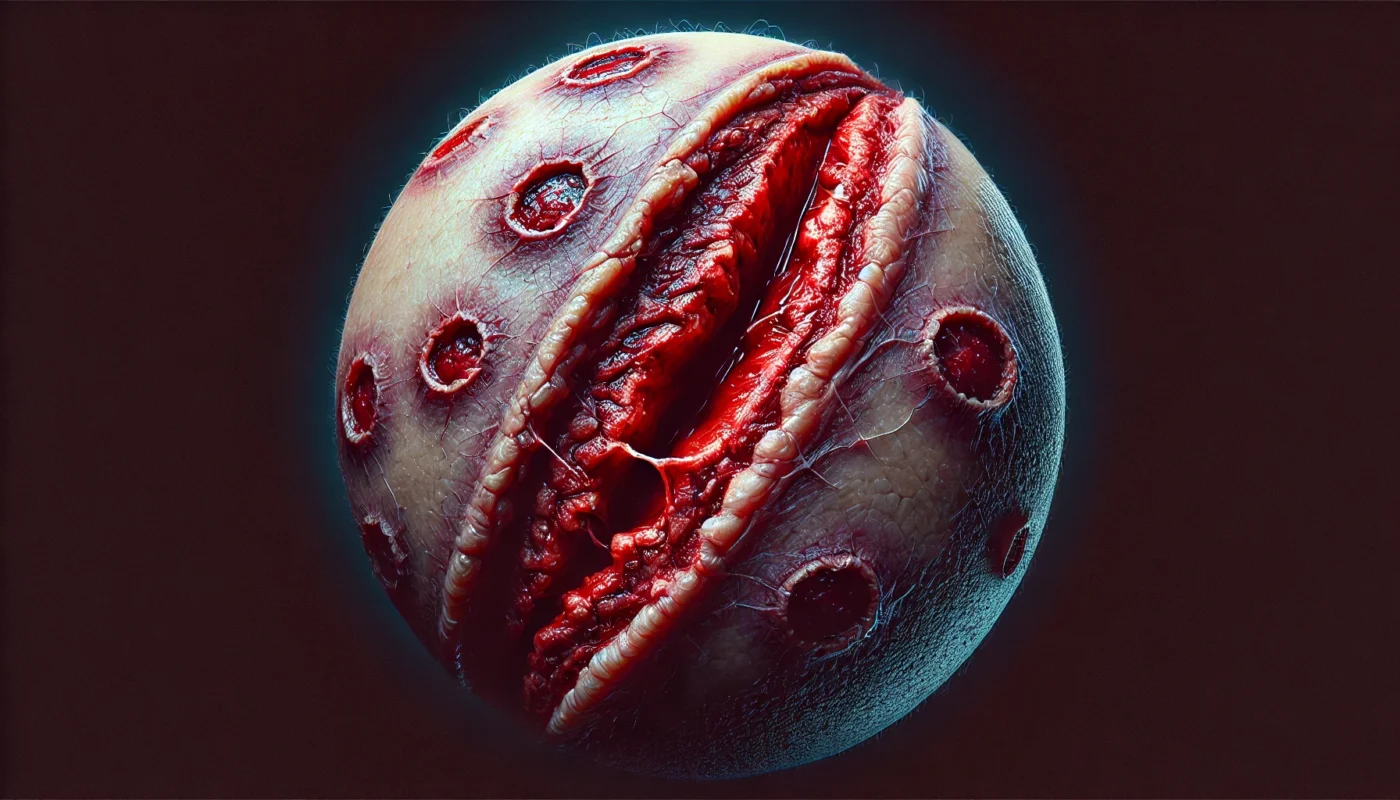The healing journey is a complex biological process that unfolds in several distinct stages. Each stage plays a vital role in restoring the skin’s integrity and function. Let’s explore these phases in detail:
Tag Archives: Wound Care
Wound packing is a method used in wound care to fill the space within a wound, particularly those that are deep or have a significant cavity. This process helps in absorbing drainage, keeping the wound clean, and promoting healing from the inside out. It’s a technique often used in surgical wounds to prevent the accumulation of fluids and to minimize the risk of infection.
Wound healing is traditionally divided into four distinct phases: hemostasis, inflammation, proliferation, and maturation (remodeling). Each phase is characterized by specific cellular activities and changes in tissue structure.
Historically, various cultures have entertained unique practices that might seem odd by today’s standards. The act of eating scabs, though not widely documented, may find its roots in ancient ritualistic or survival behaviors. Some anthropologists suggest that such practices could have been linked to beliefs about gaining strength or healing powers from one’s own body. In ancient times, the emphasis on natural and self-reliant healing might have led communities to explore unconventional methods, including the reuse of one’s biological materials.
Moreover, in some ancient societies, the body was viewed as a sacred entity, with each component possessing unique properties. This perspective might have contributed to the acceptance of practices like scab eating, as it was seen as a way to harness the body’s innate healing capabilities. Additionally, survival instincts in harsh environments may have encouraged individuals to utilize every available resource, including their own body, to maintain health and vitality.
Vitamin C, also known as ascorbic acid, is a water-soluble vitamin essential for various bodily functions. One of its key roles is in the synthesis of collagen, a protein that is vital for the structural integrity of skin, cartilage, and bones. During the wound healing process, vitamin C becomes particularly important.
Wound healing is a vital physiological process in which the body restores damaged skin or tissue after injury. This complex process involves various cellular and molecular events that ensure the protection and regeneration of injured areas. Whether dealing with minor abrasions or chronic wounds, understanding wound healing’s phases, factors affecting it, and treatment strategies is […]
- 1
- 2






